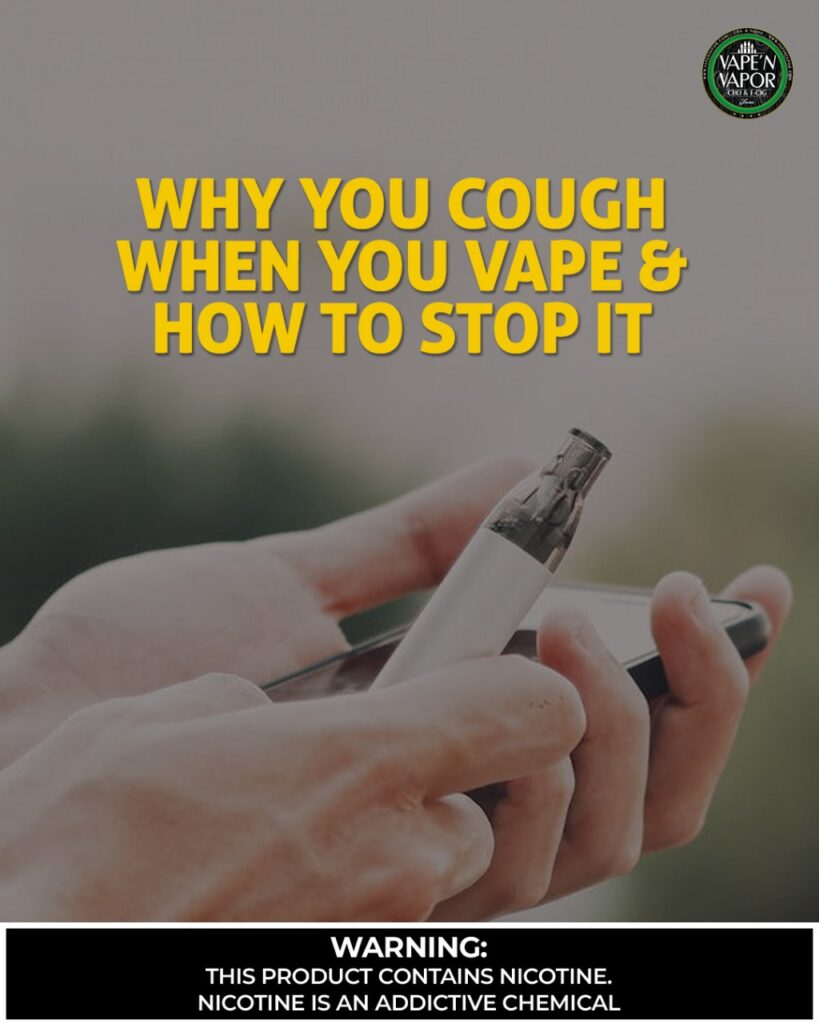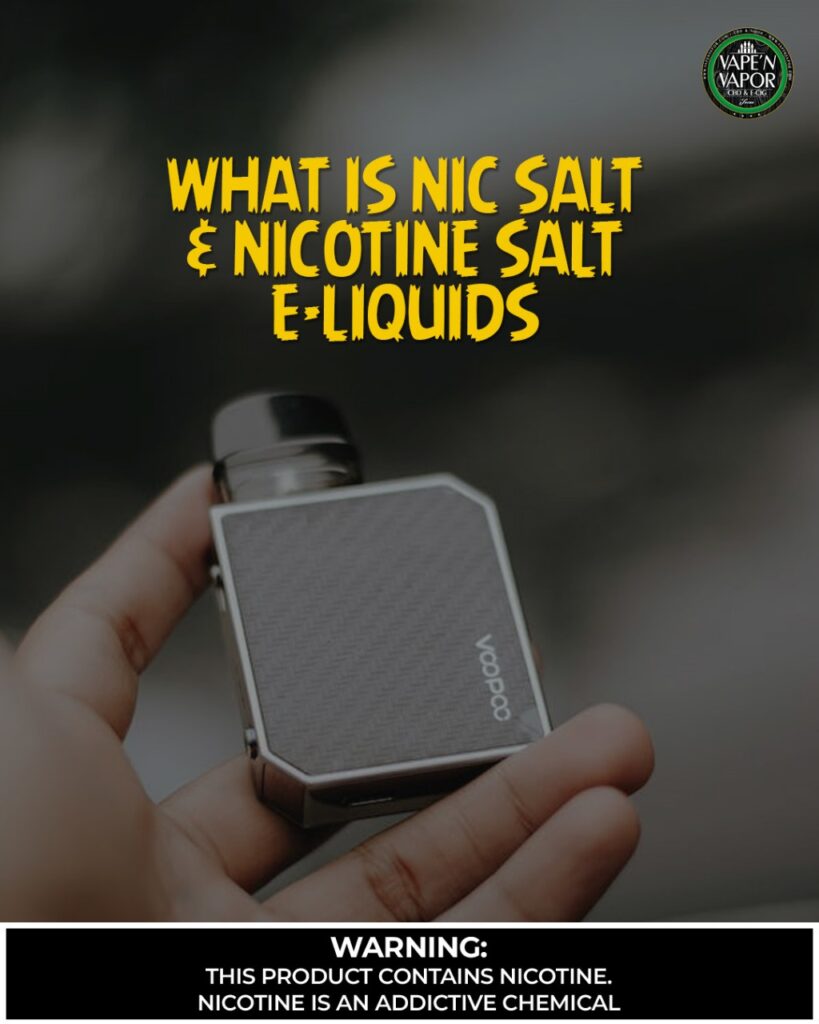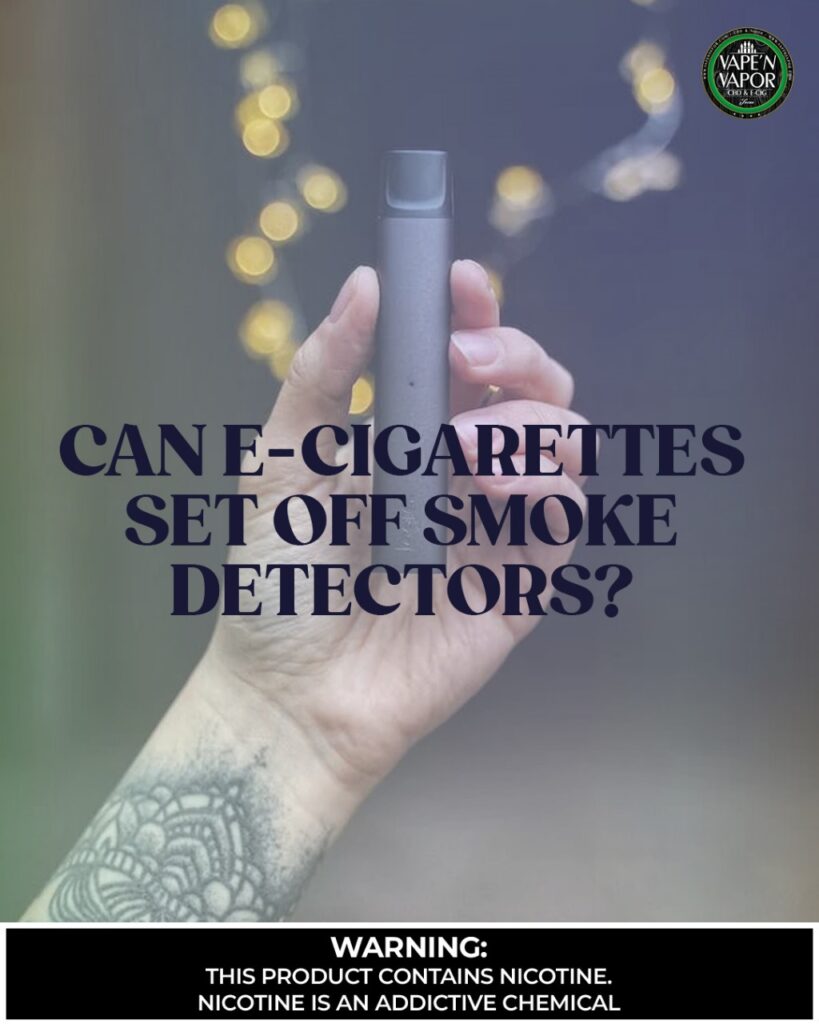No products in the cart.
Why You Cough When You Vape And How To Stop It?
If a person has never smoked by the age of 18, the odds are three to one that he never will. By the age of 24, the odds are 20 to one. If you don’t begin smoking before your mid -20s, you most likely never will. In fact, 90 % of adult smokers began smoking before the age of 18. All the companies are well aware of this. They are aware of the fact that in order to have a lifetime customer for their products, they need to target young people through predatory advertising. You can see this in all vaping ads.
Companies target the youth by positioning e-cigarettes as cool, trendy, and safe alternatives of traditional cigarettes. In a typical ad comparing vaping to smoking, you will see a list all of the awful things about traditional cigarettes and that vaping is just water and flavoring. However, both the products share same harmful chemicals, from paint thinner to preservatives for dead bodies to carcinogens. Do you wonder why do smokers cough? The answer is simple: Acetone, Benzene, Formaldehyde, lead, nicotine, and cadmium.
So, Why do I cough when I vape?
Vaping contains a different method of harming your lungs as it also contains heavy metals in the liquid used for vaping and can introduce your lungs to nano – particles of metal from the superheated coil that come off and into your lungs. This is why your vaping journey is accompanied by persistent coughing.
The ingredients in vape juices are to blame. One common ingredient in all e-liquids is
Propylene Glycol (PG). It is known for causing throat irritation. Generally it is considered safe, but when used in higher concentrations, it is harmful. Vaping rarely has any limits. Doing it constantly gives you a bad throat. Additionally, most individuals are sensitive to PG. Hence the coughing. The quality of your vape juice is very important. Low quality juices contain additives and impurities. These irritate and can even block the airways.
Another culprit is nicotine salt. Nicotine salts sure do deliver a smooth throat hit allowing for higher nicotine levels without the harshness. Specially in comparison to freebase nicotine. But high levels of nicotine salts are very harsh on your throat. Nicotine salt and its side effects are often overlooked. But the stronger the throat hit, the harsher and longer you cough.
It is also worth noting that you need to inhale vapes with a different technique. It is not like smoking cigarettes. New vapers, by default, use vapes with harsh “mouth to lung” puff like they do with cigarettes. This causes irritation in throat and causes cough.
Drawing on the inhaling technique, one more cause of your cough can be the device settings. When you pair low – resistance coils with high – powered devices, your vape ends up producing hotter vapor. When you inhale this hot vapor, it’s very uncomfortable to your throat and triggers coughing.
You cough more when you are dehydrated. The vaporization process draws moisture from your throat and even your mouth. It eventually leads to to dryness and irritation, which further causes coughing.
Wondering how to not cough when using a pen?
The first tip is to learn the “mouth to lung” technique. It is an easy technique. All you have to do is inhale slowly, making sure you fill your mouth first. You then calmly draw the vapor in to your lungs.
If you don’t want to cough when using a pen, you should go for e – liquids containing Vegetable Glycerin (VG) content in higher propensity. It is because VG is a lot more gentle and smooth on your throat, than PG. It is recommended to start with a 70 to 30 VG to PG ratio. Additionally, you should always go for high quality e – liquids. Try using reputable brands because they use quality ingredients and safer production processes.
You should also lower your nicotine strength if you don’t want to cough when using a pen. It is advised to begin with lower levels of nicotine if you have just started vaping. Ideally, you should start with 6mg or below. You can gradually increase the strength if you need to. But if you start with higher nicotine strengths, you will be coughing a lot.
It is also important to reduce the wattage of sub – ohm vapes to avoid coughing. Cooler vapor is preferred for low resistance coils. While device adjustment is important if you don’t want to cough when using a pen, staying hydrated is also crucial. You should consume plenty of water throughout the day to reduce dryness caused by vaping.
Final Thoughts
Although cough is one add on that comes with vaping, understanding the causes of this cough can help you implement solutions to reduce it. You can actually improve your vaping experience when you know what’s causing problems. While the safest option is to avoid vaping in the first place, using high quality products can reduce the harmful effects of vaping.
Remember, if you ever cough black mucus up, you should consult a healthcare professional immediately. If you choose to continue vaping, practice the techniques above and take care of yourself.










